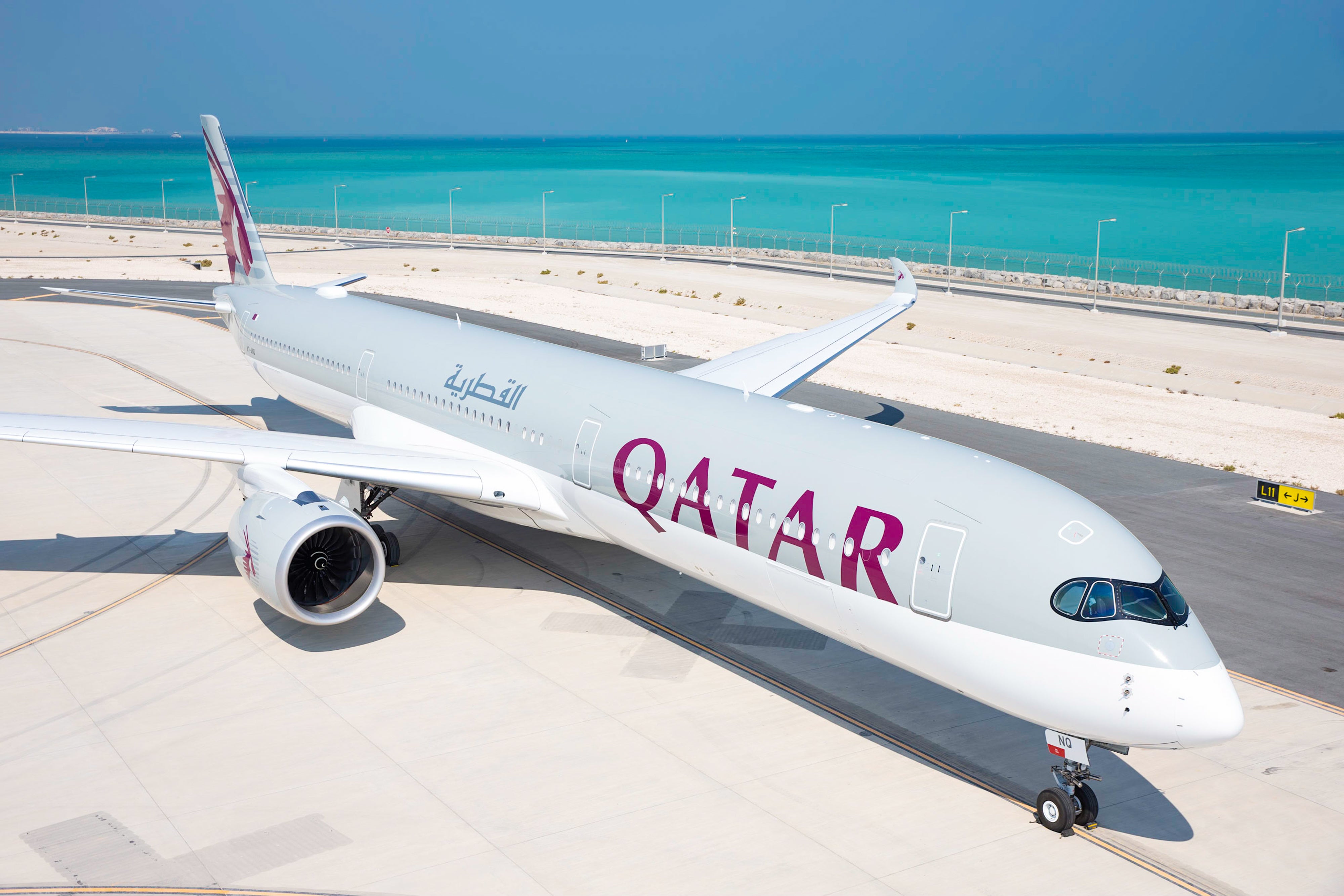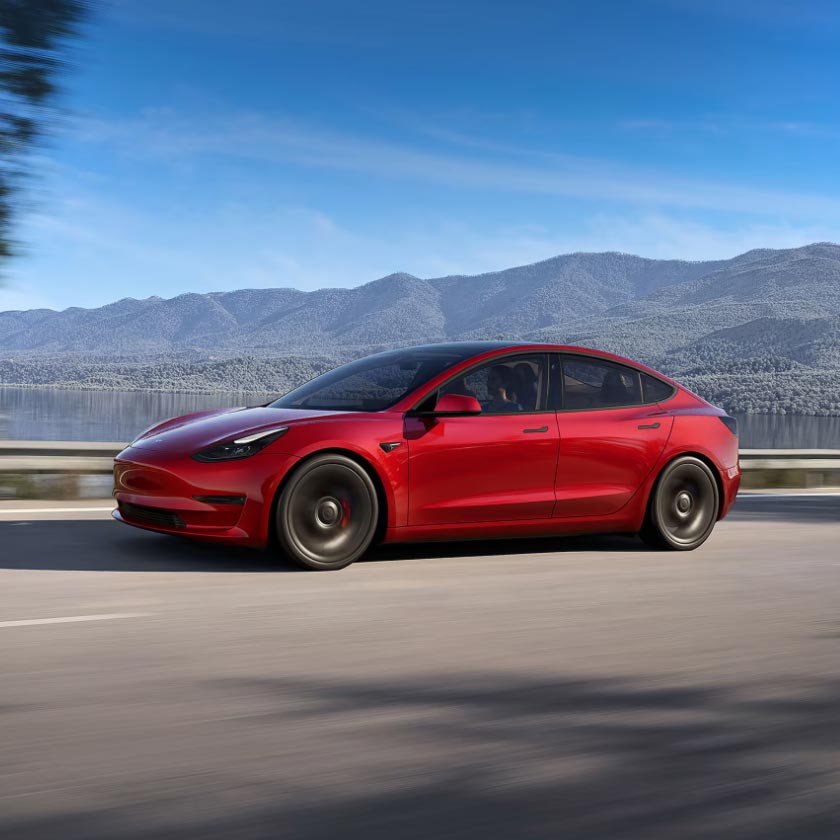In a flawless mission on Friday, October 13 at 7:01 p.m. ET, SpaceX's Falcon 9 rocket successfully launched 22 Starlink V2 Mini satellites into low-Earth orbit. The liftoff took place at Space Launch Complex 40 at Cape Canaveral Space Force Station in Florida. The Falcon 9 rocket, with its 22 second-generation Starlink satellites, marked yet another milestone in SpaceX's relentless efforts to rapidly expand its global internet service. The company recently announced that it had surpassed two million subscribers for its broadband internet service, serving customers in more than 60 countries around the world.
Liftoff! pic.twitter.com/kw7BM1e9H1
— SpaceX (@SpaceX) October 13, 2023
The Falcon 9 rocket, designated as B1067-14, took off in the evening hours, heading southeast with a target orbit inclined at 43 degrees to the equator. The first stage booster, in its 14th flight, separated from the second stage approximately two and a half minutes into the mission and executed a picture-perfect landing on SpaceX's drone ship "A Shortfall of Gravitas." The drone ship was positioned in the Atlantic Ocean, east of the Bahamas, roughly 675-kilometers from Cape Canaveral. This landing marked SpaceX's 235th successful orbital-class rocket landing and the 207th time a booster has been reused.
Notably, this particular first stage booster had previously supported a range of missions, including CRS-22, Crew-3, Turksat 5B, Crew-4, CRS-25, Eutelsat HOTBIRD 13G, mPOWER-a, PSN SATRIA, and six prior Starlink missions, highlighting the remarkable reusability of SpaceX's rocket technology.
Falcon 9’s first stage has landed on the A Shortfall of Gravitas droneship pic.twitter.com/nceEn8bsGj
— SpaceX (@SpaceX) October 13, 2023
The 22 Starlink V2 Mini satellites launched during this mission were part of Group 6-22 and are destined to operate at an altitude of around 530 kilometers in a circular low-Earth orbit (LEO). These advanced satellites have been designed to provide four times the bandwidth of their predecessors, which is set to further enhance SpaceX's dominance in the internet service provider industry.
With this latest launch, SpaceX's Starlink satellite constellation has seen the deployment of 26 sets of V2 Mini satellites. Since 2019, the company has successfully launched a total of 5,265 Starlink satellites into orbit, with approximately 4,905 of them currently operational. This rapid expansion has allowed SpaceX to serve over 2 million subscribers across more than 60 countries, extending high-speed internet access to areas that were previously underserved.
SpaceX's continued success in deploying innovative satellite technology and achieving cost-effective rocket reusability reaffirms its leadership in the space industry and its unwavering commitment to bridging the digital divide by providing advanced satellite internet services to a global audience.
》 Author's note: My work is possible Thanks to everyone who reads Tesmanian.com. Write your thoughts in the comment section below. If you have any story suggestions or feedback, feel free to Direct Message me on X.com (social media): Evelyn Janeidy Arevalo @JaneidyEve Read my most recent stories here: Recent News Stories 《

Featured Images Source: SpaceX








